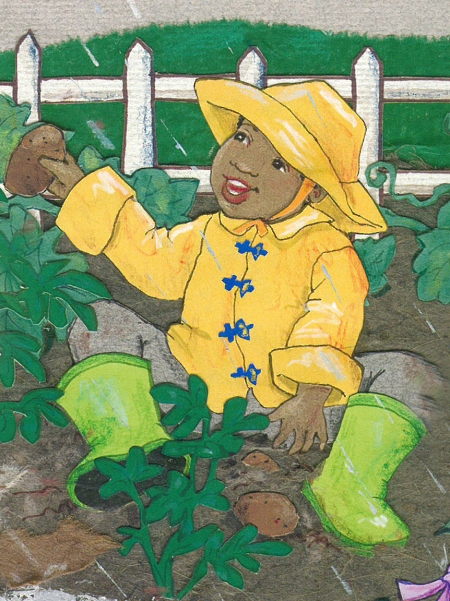
![]() Katherine Ali is a dual-certified elementary and special education teacher. She recently graduated as a literacy specialist with a Masters in Science from Manhattanville College. She has experience teaching internationally in northern China and now teaches in the Bronx, NY.
Katherine Ali is a dual-certified elementary and special education teacher. She recently graduated as a literacy specialist with a Masters in Science from Manhattanville College. She has experience teaching internationally in northern China and now teaches in the Bronx, NY.
As educators, we witness the transformations of students throughout elementary school. First graders will one day become fifth graders, while fifth graders were once first graders. So we must think, where did our students come from? and where are they going next? Our classroom must be structured to prepare our students for the future and help them build a skillset they can bring with them. In order to be active participants in the literate world, students must be reading, writing, speaking, and listening at all ages.
Here on the LEE & LOW blog, I’ll illustrate what it looks like to integrate reading, writing, speaking, and listening across several grade levels: K-1, 2-3, and 4-5. The natural interplay of language looks slightly different across grade levels, but the foundations and mission are the same.
Reading: Text Complexity and the growth of comprehension
We want our students to ascend the staircase of text complexity and simultaneously sharpen their comprehension skills. Students of all ages need to build stamina through independently reading more rigorous and complex texts. Additionally, read-alouds allow students to access content and concepts they may not be able to decode themselves.
Writing: Text types, responding to reading, and research
The three main categories of student writing the standards focus on are opinion pieces, research-based projects, and narratives. It is also imperative that our students engage in the writing process and expand their writing style using the conventions of the English language.
Speaking and Listening: Flexible Communication and Collaboration
Speaking and Listening in each grade level includes (but is certainly not limited to) presentations, group work, and class discussion. Students need to be aware of their oral language skills and communicate their thoughts and research appropriately. Building off other students’ ideas is also an important component in developing these skills.
Over the next few weeks, I’ll share a few titles published by LEE & LOW BOOKS that illustrate opportunities for integrating oral and written language in the classroom. The stories can be used in different capacities depending on students’ interest and ability; therefore I focus on the interest level as well as the guided reading level to determine each book’s grade-level appropriateness. Furthermore, while the mini-lesson ideas and strategy-based activities are categorized by each key feature, they are still connected.
Rainbow Stew by Cathryn Falwell
Interest Level: Grades K -3
DRA: 16, Guided Reading: I
Reading: The rhythm and rhyming of Rainbow Stew (“Whimper, sigh, cloudy sky, is it to wet to play? We don’t want to stay inside/ because of rain today“) make it a fantastic read aloud. Teachers can model how to use the bright, colorful pictures and other context clues to unlock the meaning of unfamiliar words such as “soggy” and “grasshopper.”
Students can also practice reading together through choral reading exercises in either whole class or small group instruction. Choral reading supports struggling readers and strengthens fluency. Students are also then listening to the rhythm and rhyming of the author’s words repeatedly. Additionally, students may be able to read this story independently to practice fluency and build vocabulary. For emergent readers, this text can be a tool to teach phonemic awareness and word patterns as well.
Writing: Author Cathryn Falwell uses a methodical writing style of action words followed by rhyming verses. Young learners can discuss the writer’s craft in this picture book as well as notice some nuances in the different verses with strong scaffolding. Teachers can lead a shared writing project in which the class borrows Falwell’s style and writes their own book, playing with words. Another age-appropriate reading and writing strategy presented in Rainbow Stew is sequencing. Students will need to refer to the story in order to recount the events by either drawing pictures or writing.
Speaking & Listening: Teachers can facilitate an interactive read-aloud in which students turn and talk to one another about the story. Asking questions such as, “What other stories does Rainbow Stew remind you of?” adheres to the reading standards in making connections across different texts and fosters intentional discussions. Through the choral reading exercise students are reading, speaking, and listening to the text. Creating a class book improves collaboration skills such as taking turns, listening to other’s ideas, and compromising.
Stay tuned next week as I demonstrate how to integrate reading, writing, speaking & listening for grades 2-3 using As Fast As Words Can Fly by Pamela Tuck!
Further Reading:
Integrating Reading, Writing, Speaking, and Listening in the Classroom










